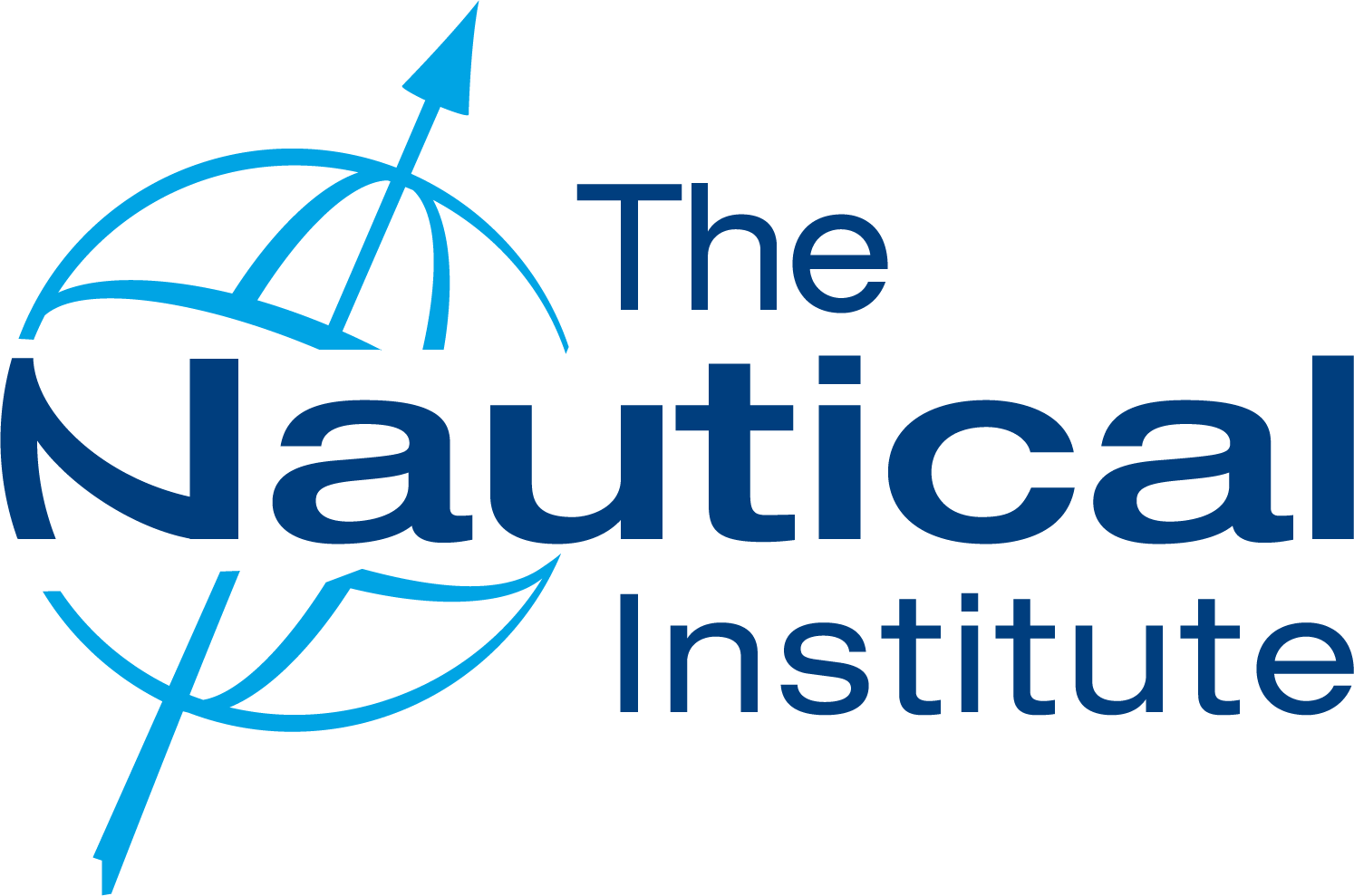200813 Anchor handling tug capsize
Official Report (Source: Condensed from Norwegian Maritime Directorate NIS Circ 7-2007)
The anchor handling tug (AHT) Bourbon Dolphin capsized on 12 April 2007 off the Shetland Islands while engaged in anchor handling operations. Preliminary investigations have determined that simultaneous towing/anchor-handling and winching operations by an AHT can seriously affect her stability, especially if these are carried out under greater loads and speeds.
Under such circumstances, if the AHT suffers loss of propulsion or thrust, together with an adverse rudder position, the vessel is very vulnerable. In particular, when towing ahead, the loss of bollard pull will cause the vessel to be pulled astern with great force by the enormous tension in the towline or the anchor chain, and this can easily capsize the vessel. If the load is connected to the towing hook, the AHT may be able to recover from the hazardous situation by operating the emergency release system, but this may not be possible when towing or hauling by winches.
Operators of such vessels must bear in mind that the maximum righting arm (GZ-max) may occur at angles of heel as low as 15 degrees and that the working deck immerses at very small angles of heel. Similarly, the angle of flooding may also occur at a relatively small angle, as compared to other merchant vessels.
The Norwegian Maritime Directorate has implemented the following immediate corrective measures on all their AHTs, including changes to the SMS, as appropriate.
1. Data must be available at the conning position to show the maximum permissible transverse force/tension limiting the vessel's maximum heel to one of the following angles, whichever is least:
Heeling angle equivalent to a GZ-value equal to 50% of GZ-max;
The angle at which the working deck immerses ;
15 degrees.
2. The approved stability booklet shall specify the maximum permissible tension in chain or wire during a vertical lift without bollard pull which shall not be greater than the rated anchor handling capacity.
3. A vessel-specific curve must show the maximum continuous bollard pull available (BP) for anchor handling as a function of the total power balance after allowing for the power loads for propulsion, side thrusters and winches.
4. Procedures for emergency release methods, time delays and release speed shall be established and this information shall be displayed at the conning position.
5. Worked examples showing calculations of anticipated forces which may occur in various modes of operation shall be displayed at the conning position, with clear warning that the load must be released if the forces exceed safe limits.
6. During tandem and joint towing operations, the towing gear must be connected to towing hooks with emergency release or in some other way so that in case of a breakage in towing line or loss of power/bollard pull in one of the vessels, the other vessel may quickly release the load. A communication plan for the operation must be established which in particular ensures an effective and coordinated action in case of any unintended incident.
